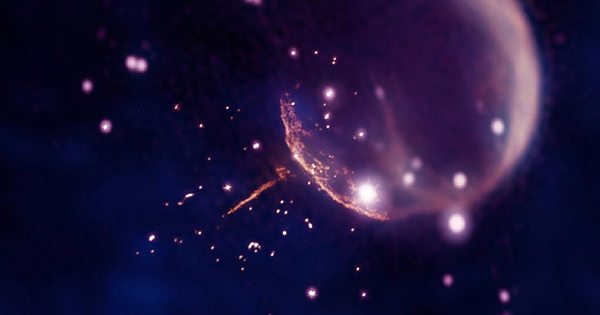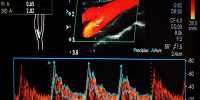Theoretical physicists agreed with the scholar’s idea, an updated version of an extraterrestrial substance such as ether, the emergence of which inspired Einstein’s discovery of relativity. The fifth presence is proposed to cover the entire universe without being trapped in galaxies like both visible and dark matter and may explain the power of darkness.
Two scientists claim that there is some evidence of an even distribution in the universe to polarize the rotation of the Big Bang. If the effect is real, physicists think that many of them they know will force us to adjust its origin and will probably give us our first real insight into the nature of dark energy. For the time being, most of the cosmologists who comment find the evidence interesting but not really strong enough to excite.
Among galaxies, it would be almost impossible to detect the effects of a pentagon, as everything would overshadow its effects. As a result, a good place to look for it is in the cosmic microwave background (CMB) radiation, it has shed ancient light from the Big Bang. Given the vast distances it has taken to reach us, the CMB had a greater chance of being attacked by something evenly distributed in the universe than anything we could study. A study by Physical Review Letters claims that some have discovered that CMB is twisting, and dark energy may be it.
Astronomers have tested the CMB for signs of a change in the angle of polarization induced by what has been passed on during its journey known as the traveling birefringen angle (β). The particle should be zero under the standard model of physics. If it’s anything else, it means something is twisting the CMB, the standard model needs to be rebuilt, and we’ve even got dark energy.
CMB measurements have produced estimates of β that aren’t zero but with margins of error large enough that β=0 is a distinct possibility. An error in measurement well within expected uncertainties seems a much safer explanation than something that overthrows the standard model. But Dr. Yuto Minami of Japan’s High Energy Accelerator Organization and Eiichiro Komatsu, a professor at the Max Planck Institute of Astrophysics, have narrowed the uncertainty to where β = 0 is now beyond them.
Minami and Komatsu are related to the CMB measurement by the Planck Space Telescope with the polarization from dust in our galaxy, for which the insignificant should be negligible. Thus they claimed to have removed systemic errors in Planck’s identification devices (since this would also apply to local sources), halving the uncertainty of estimating the estimates of the process. As a result, they claim that 99.2 percent confidence is not β zero (their estimate is 0.35 ± 0.14 degrees).
Two decades after confirming the existence of dark energy, we have learned almost nothing about what it is or how it behaves. If it exists, the fifth presence will certainly explain something, and the most exciting possibility is that it is a dark force, a mysterious force to expand the universe more rapidly. In response to Minami and Komatsu’s work, Carol told Nature News that if dark energy is a fun phenomenon, it will challenge speculation about us, and “we are back in a situation where we have zero ideas about how the universe is going to end.” Sean Carroll, a professor at the California Institute of Technology, proposed in 1998 that CMB polarization be used for testing for the fifth grade.
But the writers are also wary. Professor Komatsu said in a statement, “It is clear that we have not yet found specific evidence for new physics; higher statistical significance is needed to confirm this signal.”
















